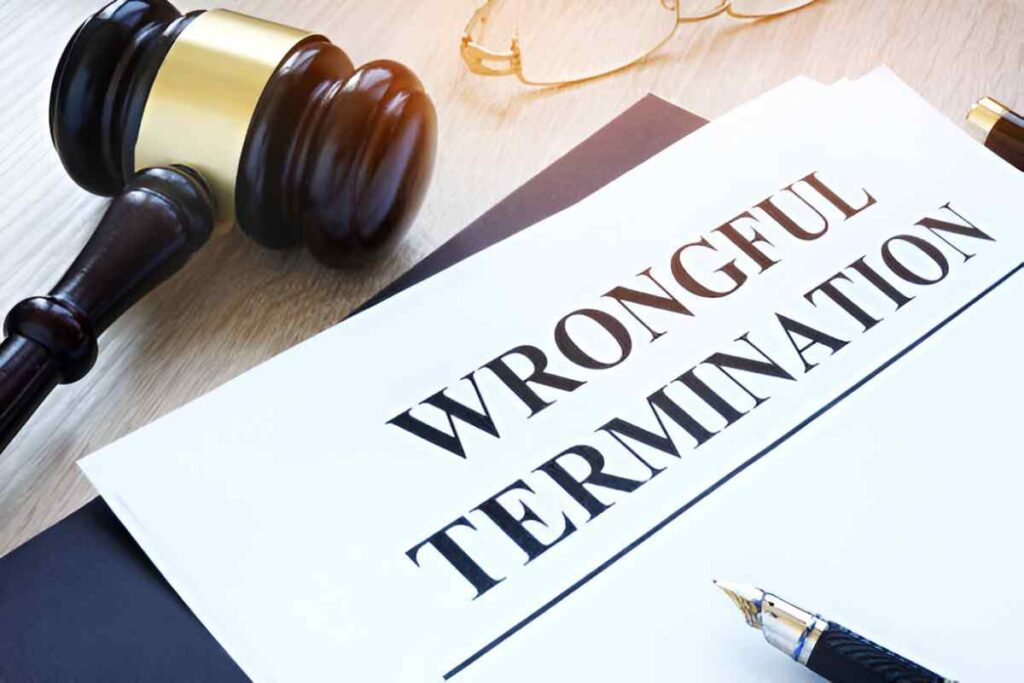As someone deeply immersed in the finance and accounting fields, I often encounter complex legal and financial concepts that require careful unpacking. One such concept is the Romalpa Clause, a term that frequently surfaces in discussions about supply chain financing, inventory management, and creditor rights. Despite its importance, the Romalpa Clause remains misunderstood by many professionals. In this article, I aim to demystify this clause, explain its significance, and provide practical examples to illustrate its application.
Table of Contents
What Is a Romalpa Clause?
The Romalpa Clause, named after the landmark 1976 UK case Aluminum Industrie Vaassen BV v. Romalpa Aluminum Ltd., is a retention of title (ROT) clause commonly used in commercial contracts. It allows a seller to retain ownership of goods until the buyer fulfills specific conditions, typically full payment. This legal mechanism ensures that the seller retains a security interest in the goods, even after they have been delivered to the buyer.
In the US, the Romalpa Clause operates under the framework of Article 9 of the Uniform Commercial Code (UCC), which governs secured transactions. While the term “Romalpa Clause” is more commonly used in the UK and Commonwealth countries, the underlying principle is universally applicable.
Why Is the Romalpa Clause Significant?
The Romalpa Clause serves as a critical risk mitigation tool for sellers, especially in industries where goods are sold on credit. Here’s why it matters:
- Protection Against Buyer Insolvency: If a buyer becomes insolvent before paying for the goods, the seller can reclaim the goods rather than becoming an unsecured creditor.
- Improved Cash Flow Management: By retaining ownership, sellers can negotiate better financing terms with lenders, as the goods serve as collateral.
- Legal Clarity: The clause provides a clear framework for resolving disputes over ownership, reducing litigation risks.
However, the Romalpa Clause is not without its challenges. Its enforceability depends on precise drafting and compliance with legal requirements, which vary across jurisdictions.
How Does a Romalpa Clause Work?
To understand the Romalpa Clause, let’s break down its mechanics. Suppose I sell 100 units of a product to a buyer on credit. The contract includes a Romalpa Clause stating that ownership of the goods transfers only upon full payment.
If the buyer fails to pay, I can reclaim the goods, provided they are identifiable and have not been resold or transformed. This principle is particularly relevant in industries like manufacturing, where raw materials are often processed into finished goods.
Mathematical Representation
Let’s model this scenario mathematically. Let G represent the goods, P the payment, and T the point in time when payment is made. The ownership transfer can be expressed as:
This equation illustrates that ownership remains with the seller until the buyer fulfills their payment obligation.
Examples of Romalpa Clauses in Practice
To better grasp the Romalpa Clause, let’s explore two examples:
Example 1: Manufacturing Industry
A manufacturer supplies raw materials to a factory under a contract with a Romalpa Clause. The factory processes the materials into finished goods but goes bankrupt before paying the manufacturer. In this case, the manufacturer can reclaim the raw materials, provided they are identifiable.
Example 2: Retail Industry
A wholesaler sells electronics to a retailer on credit, with a Romalpa Clause in place. The retailer resells some of the electronics to customers before paying the wholesaler. If the retailer defaults, the wholesaler can only reclaim the unsold items, as the sold items are no longer identifiable.
Legal Considerations in the US
In the US, the enforceability of a Romalpa Clause depends on compliance with Article 9 of the UCC. Key considerations include:
- Perfection of Security Interest: The seller must file a financing statement to perfect their security interest in the goods.
- Identification of Goods: The clause must clearly identify the goods covered by the retention of title.
- Notice to Buyers: Buyers must be aware of the clause, typically through explicit terms in the contract.
Failure to meet these requirements can render the clause unenforceable, leaving the seller exposed to financial risks.
Comparing Romalpa Clauses Across Jurisdictions
While the Romalpa Clause originated in the UK, its application varies globally. Here’s a comparison of its treatment in the US, UK, and EU:
| Jurisdiction | Key Features | Enforceability Requirements |
|---|---|---|
| US | Governed by UCC Article 9 | Filing of financing statement, clear identification of goods |
| UK | Based on common law principles | Clear contractual terms, no need for registration |
| EU | Varies by member state, but generally follows UK principles | Compliance with local commercial codes |
This table highlights the importance of understanding local legal frameworks when drafting or enforcing a Romalpa Clause.
Practical Tips for Drafting a Romalpa Clause
Based on my experience, here are some best practices for drafting an effective Romalpa Clause:
- Be Specific: Clearly define the goods covered by the clause and the conditions for ownership transfer.
- Include Sub-Clauses: Address scenarios like resale, commingling, and processing of goods.
- Consult Legal Experts: Ensure the clause complies with local laws and is enforceable in court.
Common Pitfalls to Avoid
Despite its benefits, the Romalpa Clause can backfire if not implemented correctly. Common pitfalls include:
- Vague Language: Ambiguous terms can lead to disputes and render the clause unenforceable.
- Failure to Perfect Security Interest: In the US, failing to file a financing statement can invalidate the clause.
- Overreliance on the Clause: Sellers should not rely solely on the Romalpa Clause but also assess buyers’ creditworthiness.
The Role of Technology in Enforcing Romalpa Clauses
Advancements in technology, such as blockchain and smart contracts, are transforming how Romalpa Clauses are enforced. For instance, blockchain can provide an immutable record of ownership, making it easier to track goods and prove compliance with the clause.
Conclusion
The Romalpa Clause is a powerful tool for protecting sellers’ interests in commercial transactions. By retaining ownership of goods until payment is received, sellers can mitigate risks and improve cash flow. However, its effectiveness depends on precise drafting, compliance with legal requirements, and a thorough understanding of local laws.





